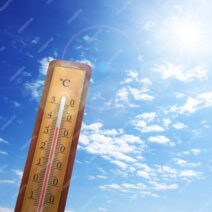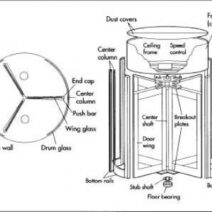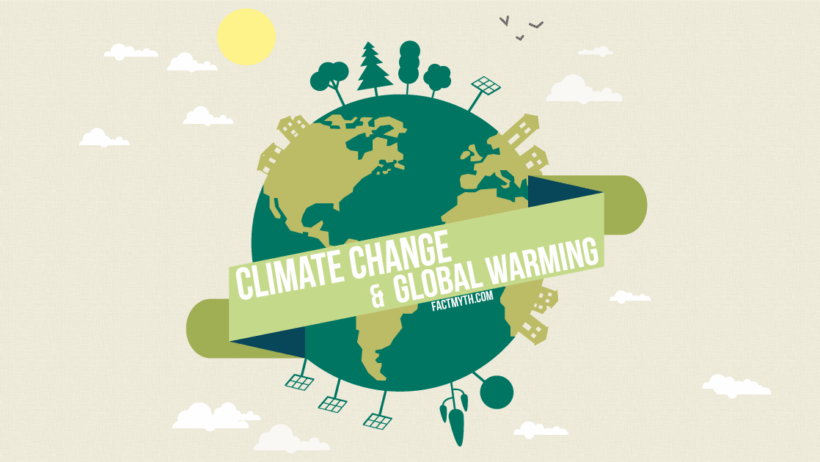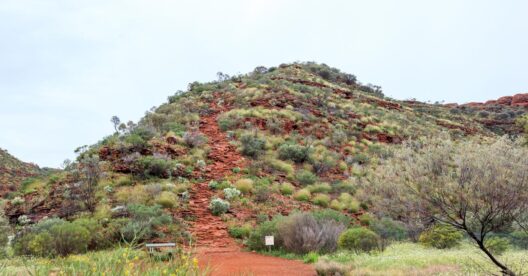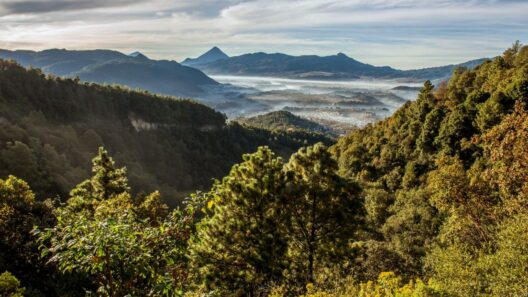The terms “climate change” and “global warming” are frequently used interchangeably in public discourse, leading to significant confusion. To unravel these concepts, it is essential to delineate their definitions and understand the interplay between them. This exploration will not only illuminate the nuances of each term but will also elucidate the critical implications for environmental policies, public consciousness, and global action against climatic disruptions.
Initially, global warming refers specifically to the rise in Earth’s average surface temperature due primarily to the greenhouse gases emitted by human activities since the Industrial Revolution. Activities such as burning fossil fuels, deforestation, and industrial processes have exacerbated the concentration of these gases in the atmosphere, resulting in a net increase in temperature. The consequences of this temperature elevation are manifold, including altered weather patterns, rising sea levels, and extreme weather events. However, global warming is merely one symptom of a broader, more complex phenomenon—climate change.
Climate change encompasses the long-term alterations in temperature, precipitation patterns, and other atmospheric conditions over extended periods, typically decades to millions of years. While global warming contributes to climate change, the latter includes other factors such as natural variability, ocean currents, and solar radiation variations. In essence, global warming can be seen as a driving component of climate change, but not the sole contributor.
To further dissect the relationship, it is imperative to acknowledge the interplay between anthropogenic activities and natural systems. Human-induced global warming primarily arises from a significant spike in greenhouse gas levels—carbon dioxide (CO2), methane (CH4), and nitrous oxide (N2O) tireless emitted through resource extraction and consumption. This increase creates a greenhouse effect that traps heat, leading not just to rising temperatures, but also influential shifts in wind patterns, ocean currents, and overall climatic conditions.
Conversely, natural events such as volcanic eruptions, which can inject large quantities of ash and gases into the atmosphere, or variations in Earth’s orbit can also elicit climatic shifts. These factors underscore the complexity of Earth’s climate system, where man-made changes can interplay with natural phenomena, culminating in results that may be unpredictable and far-reaching.
Consider the ramifications of global warming on polar ice caps and glaciers. As temperatures rise, the rate of ice melting accelerates, resulting in higher sea levels. This reality poses a grave threat not only to coastal habitats but also to human settlement areas, potentially displacing millions. Such alarming transformations demonstrate that while global warming is the catalyst behind rising temperatures, the broader concept of climate change incorporates the extensive impacts of these temperature increases on global ecosystems.
Climate change, with its broader scope, reflects alteration in weather extremes. This phenomenon leads to increased incidents of droughts, floods, torrential rains, and hurricanes. Such events are not exclusively attributable to rising temperatures but also to changing oscillations within atmospheric patterns and intricate interactions among terrestrial, marine, and atmospheric systems. In this light, global warming serves as a crucial piece in the physical puzzle but is not the sole determinant of the changing climatic landscape.
Furthermore, the ecological ramifications of climate change should not be overlooked. Ecosystems are inextricably linked to climatic conditions; thus, as global temperatures rise, terrestrial and marine life must adapt. Species migration, altered breeding seasons, and shifts in food availability create new dynamics and competition that can lead to increased extinction rates. The interconnectedness of species within ecosystems emphasizes that climate change engenders a cascading effect that extends beyond mere temperature increases.
Economically, the repercussions of climate change are profound. Agriculture, forestry, fisheries, and numerous industries are vulnerable to variable climatic conditions. Farmers may struggle with erratic rainfall patterns, leading to reduced crop yields and food insecurity. In regions where water resources are dwindling, conflicts may arise, heightening the need for water management and alternative resource strategies. Here again, while global warming instigates these scenarios, the complex interplay of multiple climatic factors makes adaptation challenges even greater.
To mitigate these daunting impacts, understanding the relationship between climate change and global warming is paramount for effective policy formulation. International agreements, such as the Paris Accord, aim to limit warming to below 2 degrees Celsius relative to pre-industrial levels. Achieving this goal requires a concerted effort to curb greenhouse gas emissions, embracing renewable resources, and adopting sustainable practices across sectors. Thus, recognizing the distinct yet interrelated nature of climate change and global warming will empower societies to embark on a more informed and cohesive response to environmental challenges.
In conclusion, while global warming and climate change are interwoven concepts, they possess unique characteristics that necessitate a nuanced understanding. Global warming acts as a primary driver of climate change, contributing to a myriad of environmental, ecological, and economic impacts. Recognizing the distinction empowers individuals and policymakers alike to engage more thoughtfully with the fight against climate change, fostering a collective responsibility to protect our planet for future generations.
